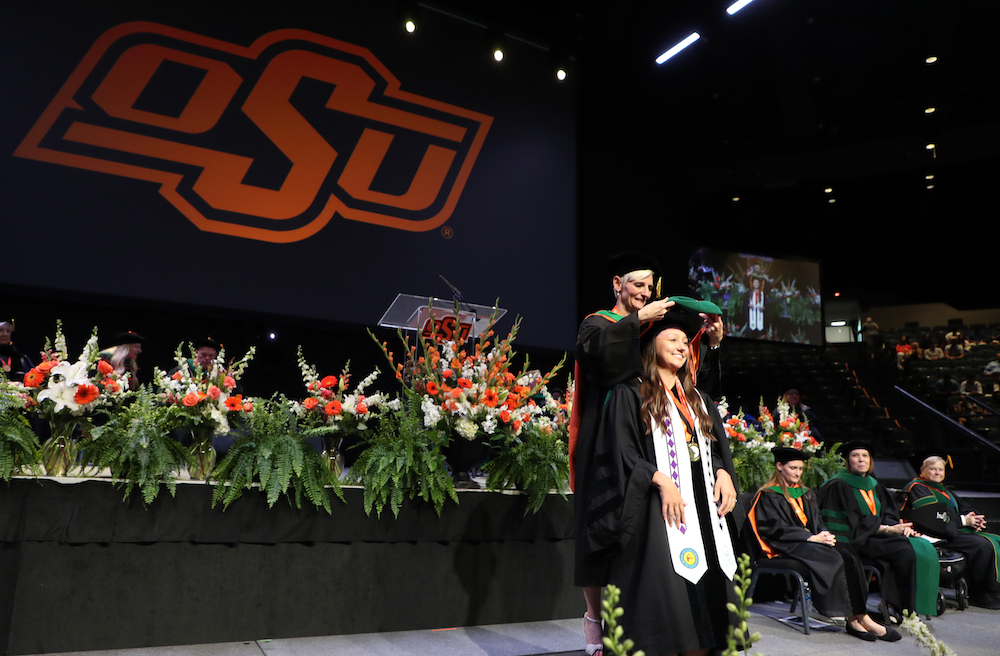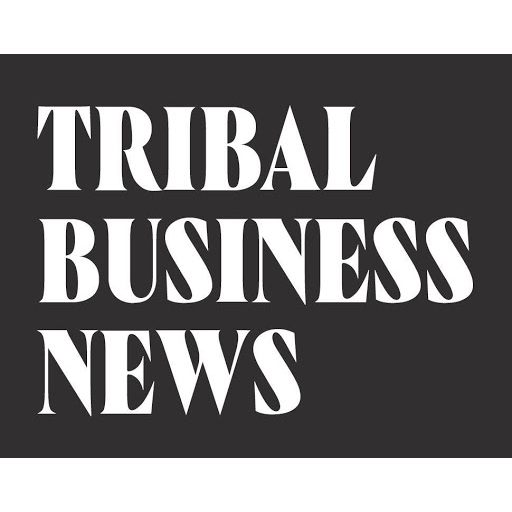
- Details
- By Tribal Business News Staff
- Health Care
The Oklahoma State University College of Osteopathic Medicine at the Cherokee Nation (OSU-COM at Cherokee Nation) achieved a historic milestone on May 16, 2024, as its inaugural class of 46 medical students graduated. This marks the first graduating class from a tribally affiliated medical school in the United States.
The commencement ceremony, held at the Mabee Center in Tulsa, celebrated graduates from both OSU College of Osteopathic Medicine and its Cherokee Nation affiliate. Dr. Kayse Shrum, president of Oklahoma State University, spoke at the ceremony, highlighting the program's dual purpose: improving health outcomes in rural Oklahoma and expanding the medical school.
The graduating class reflects a significant increase in Native American representation in the medical field. Approximately 20% of the OSU-COM graduates identify as Native American, a substantial number compared to the national average of less than 1%.
Notably, 35% of graduates from OSU-COM at Cherokee Nation matched with residency programs in rural or tribal settings.
Cherokee Nation Principal Chief Chuck Hoskin Jr. emphasized the importance of this achievement, recognizing both the resilience of Cherokee ancestors and the promise these new doctors hold. "Their dedication addresses the critical shortage of rural doctors while increasing Native representation in our healthcare system," Hoskin said in a statement. "This ensures culturally competent care for generations to come."
Training physicians to serve rural and underserved communities is a key mission of the OSU Center for Health Sciences, particularly considering Oklahoma's low national health outcome rankings. "These graduates …. embody the values of service, compassion, and excellence shared by both the Cherokee Nation and Oklahoma State University," Dr. Johnny Stephens, president of OSU-CHS, said in a statement.
The nine Native American graduates in this first class represent a significant increase over the national average. There are currently only about 2,500 Native American physicians serving a population of nearly 850,000 doctors nationwide. This translates to just 0.3% representation, according to the Association of American Medical Colleges (AAMC). Some specialties like endocrinology, neonatal medicine, and vascular surgery have zero Native American representation.
This inaugural class is just the beginning. Future classes at OSU-COM at Cherokee Nation are projected to have between 16% and 30% of students coming from tribal backgrounds. Native medical students represent 11 different tribes and hail from 46 Oklahoma counties, Natasha Bray, the medical school’s dean told STAT.
Additionally, the graduating class at OSU's main campus in Tulsa includes 15 more Indigenous doctors. This collective effort signifies a crucial step towards diversifying the medical workforce and addressing the critical need for physicians in rural and tribal communities.
